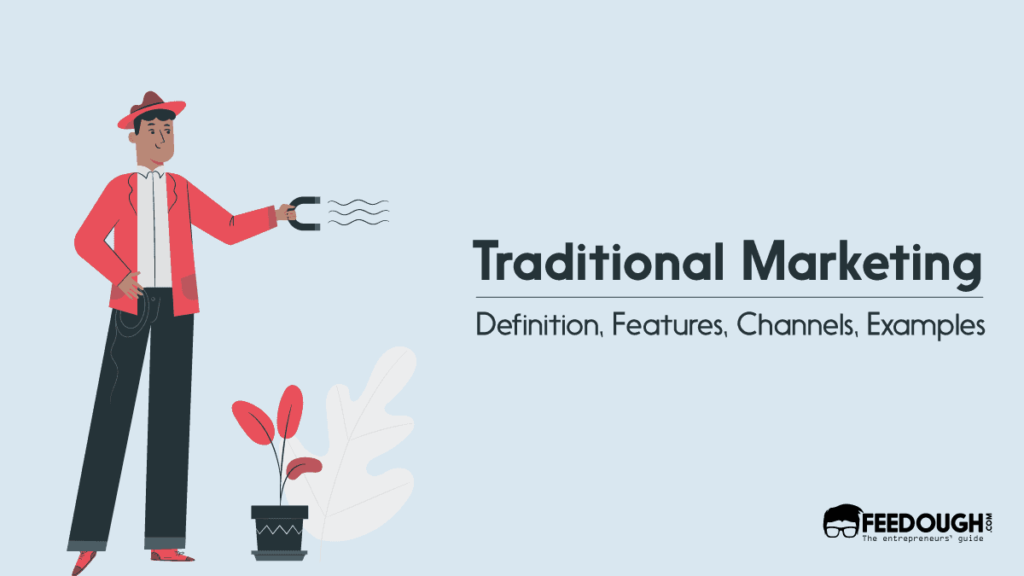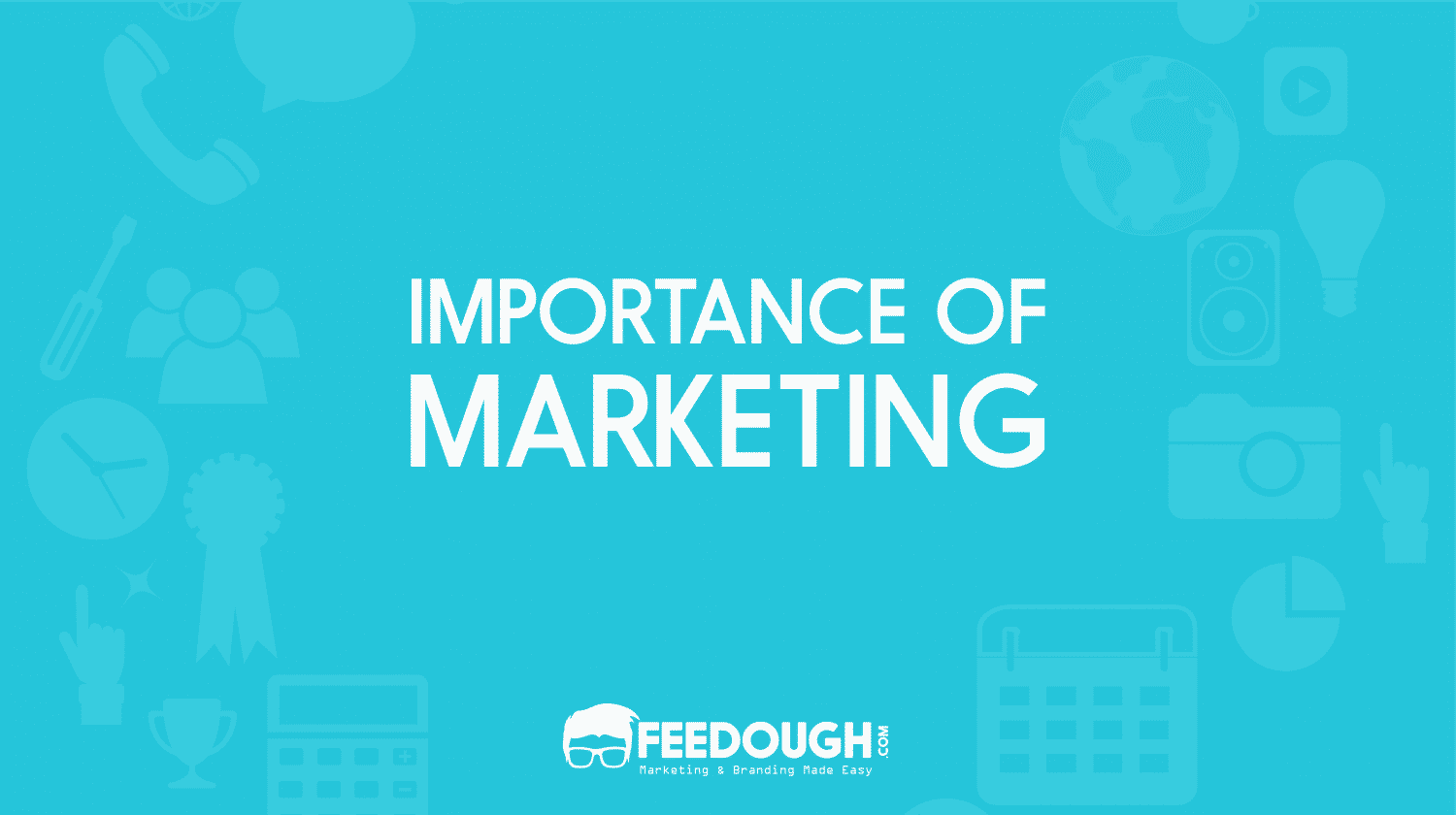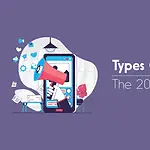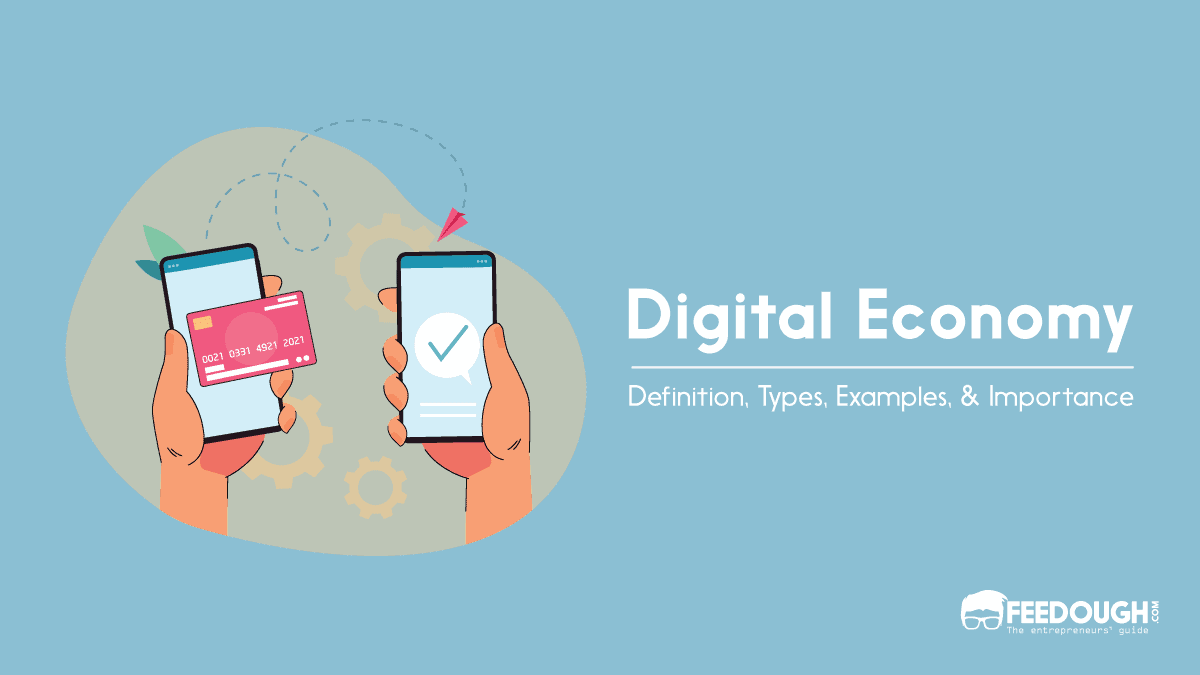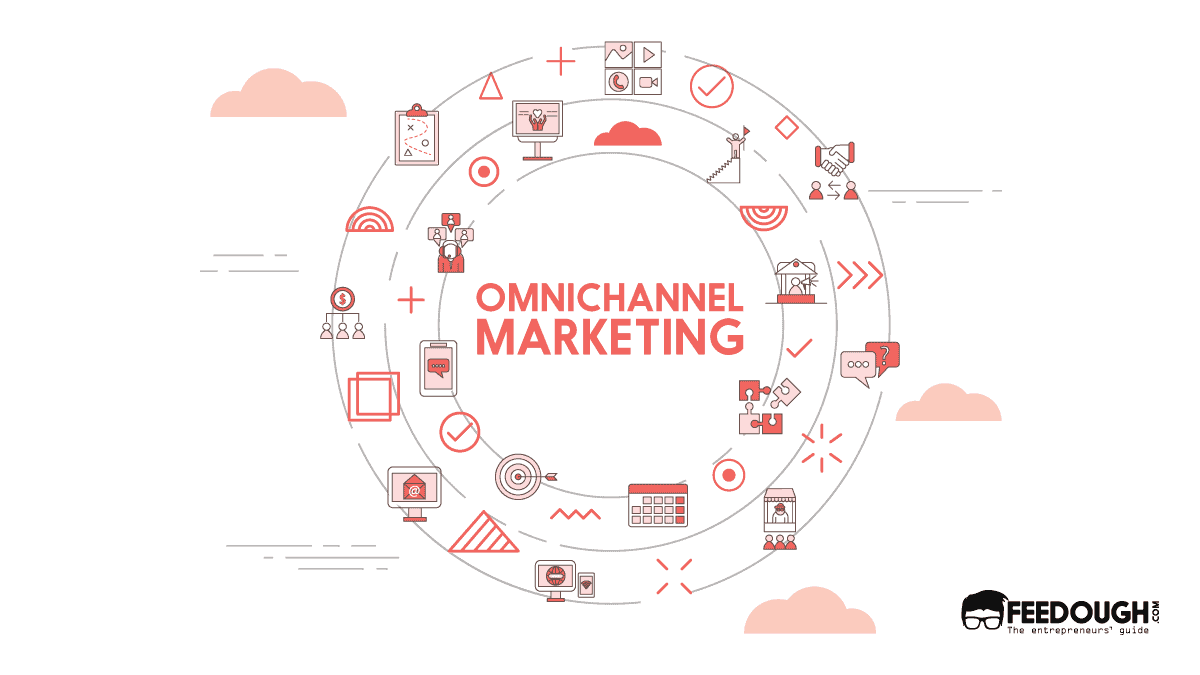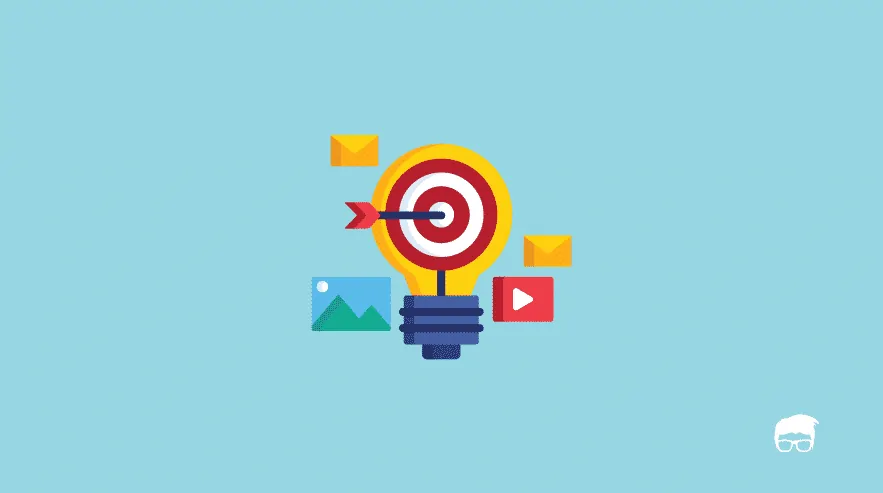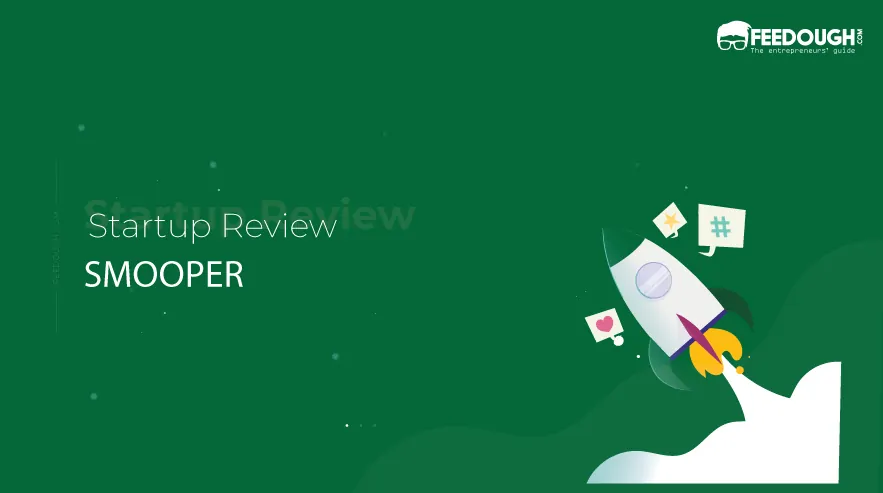How one conducts business vastly differs from how one used to do it. The internet brought new technological advancements and completely changed the marketing mix by incorporating digital marketing.
Also called old-school because it was the common type of marketing in years before social media became so popular, traditional marketing is not so old today.
Today, customer behaviour has been shaped to integrate traditional and digital marketing. A new 30-second spot during the 2021 Super Bowl still costs around $5.6 million.
Customers love receiving direct mail ads even today.
But what is traditional marketing exactly, why is it important even today, and what are the traditional marketing channels?
Here’s a guide.
What Is Traditional Marketing?
Traditional marketing is the process of fulfilling the target audience’s needs using offline channels and profiting from them.
In simpler terms, traditional marketing refers to satisfying consumers’ needs and wants via marketing channels that existed before individuals had access to modern digital platforms.
It involves fulfilling the 4 Ps of marketing without using digital marketing channels. This traditional marketing mix includes:
- Building a product that operates and fulfils customers’ demands online. For example, a washing machine.
- Using a pricing strategy that’s not dependent on online channels.
- Using offline distribution channels to reach out to customers.
- Promoting the product using offline channels like TV, radio, newspapers, etc.
Traditional marketing encompasses a wide range of advertising and marketing strategies. It was and is the most well-known marketing type that customers see daily.
What are the Features of Traditional Marketing?
Traditional marketing predominated until the 1990s, when the internet began to take off. It is still considered a viable method for marketing with a core focus on the product offering. Here are the features of traditional marketing:
- Offline Channels: The traditional marketing mix involves techniques, strategies, and tools that don’t involve digital channels at all. The product, price, place, and promotion are strategised and executed using offline channels.
- Less Segmentation: Traditional marketing delivers the message to the masses. The traditional marketing strategies can’t micro-segment the target audience based on of age, sex, income, behaviour etc.
- Strong Relationships: Traditional marketing channels help create credibility and build relations among the parties through physical contact, question-answering, suggestions, etc. Moreover, the local audience trusts traditional marketing efforts more than digital marketing efforts.
- Better value: Traditional marketing also involves physical touch, where the brand connects with the customers through salespeople, which leads to better value creation and more customer loyalty.
- More Credible: Since it’s an old form of marketing, customers consider it more credible than digital marketing and often make important decisions after being triggered by traditional marketing activities.
- Captures a Larger Audience: Traditional marketing strategies ensure to reach a bigger group of people from various categories. Because these marketing strategies are extremely individualised, marketing media sources such as direct mailer tactics provide excellent client engagements.
The Importance of Traditional Marketing
Traditional marketing is highly important even in the digital marketing age. Although digital marketing has taken over the world, marketers cannot completely neglect traditional media channels like TV, radio and newspapers to promote their business. It is considered a vital part of the promotional mix.
Today, there are still niches, places, locations, etc. where digital marketing doesn’t work. For example, rural areas or places where the internet is rare. In such cases, people are well aware of the traditional marketing techniques they have seen.
Moreover, traditional marketing often plays a very important role in marketing to the local audiences as they are much more likely to trust traditional methods than digital marketing.
Even pricey items and complex products require marketers to use traditional marketing as it is more effective than digital marketing in most cases.
Traditional Marketing Channels
Traditional marketing is not extinct in the age of digital marketing. Cold calling is still a popular way to create leads and revenue today. Even as the digital revolution continues, traditional marketing is far from obsolete, and linked firms are also thriving. Traditional marketing approaches remain a valuable secret weapon for interactive, face-to-face, and expert marketing. Below is a list of traditional marketing channels that have an outstanding ROI today.
- OOH Marketing: Out-of-home marketing, often referred to as OOH, is a marketing and advertising method used to communicate with customers or audiences outside of their homes and businesses. That’s in the form of visual advertising media. Traditionally, out-of-home marketing relies more on images than words to communicate a message to the audience. In addition to billboards, signs, and street furniture such as benches and bus shelters, this advertising method also incorporates mediums such as stadiums, retail malls, and cinemas.
- Broadcasting: Broadcasting refers to the act of transmitting information or programmes through mediums such as radio and television. Businesses may reach many people quickly by using broadcast marketing methods like television ads and radio to increase brand awareness. Television allows marketers and advertisers to create more compelling commercials since it allows for the visual presentation of items and demonstrations of their functionality. Radio broadcasts can help brands reach a local audience more effectively than other mediums.
- Print Media: Print media marketing comprises advertising products and services through newspapers, magazines, and other print media mediums such as books and journals. As a mass-marketing approach, printed advertisements allow firms to reach significant individuals, irrespective of how keen they are on the product or service. It is also used to target specific groups of people, such as magazines for women or fashion.
- Direct Mail: Direct mail refers to commercial literature that is sent to potential clients by postal mail. Different direct-mail marketing methods, such as brochures, letters, postcards, catalogues, flyers, and other printed materials, are distributed directly to customers to build awareness about various products. Information is passed on to a specified target audience or market in this marketing style. Direct-mail marketing is a great tool to have at one’s disposal to generate new leads and increase revenue.
- Telemarketing: Different businesses hire sales employees to make phone calls for promotional or marketing activities in telemarketing. It is often referred to as cold calling. A cold call is one that involves contacting, informing, and persuading potential consumers over the phone. Due to its many uses, organisations can utilise it for various purposes, including marketing their products and services or gathering data for lead generation purposes.
Advantages Of Traditional Marketing
- Diverse Audience: Traditional marketing allows brands to reach a large and diverse range of demographics. Advertisements done through billboards, television, and radio will extend the message over different geographical areas and reach the targeted audience. It is also feasible that new audiences will become acquainted with the brand and product offering. Reaching a more varied audience can aid in the growth of the brand and its product offering. As a result, traditional marketing may be a preferable alternative for bringing in new customers.
- Enormous Brand Exposure: Hard copy marketing materials can be more easily processed and perform better in terms of brand recall. A public multi-media campaign can help brands surround the prospect with value proposition, message, and products. When the advertisements are out in public, the brand has a huge opportunity to expose them to many people.
- Credibility Builder: Traditional marketing offers brands more credibility than online marketing. Printed content and advertisements on larger mediums are frequently regarded as more trustworthy. One reason for this is that traditional marketing is associated with established larger budgets. A corporation that can afford to run an ad in a commercial on television or radio must have the financial resources. As a result, the brand’s image is one of growth and stability.
- Reusable Promotional Materials: Traditional marketing approaches are more sustainable and leave a lasting effect on the brand’s target group. The same TV ad, flyers, business cards, or brochures can be used more than once. As a result, one won’t need to create fresh content as frequently to market the product. But in the case of digital marketing, to maintain the viewers’ attention, brands must present a continual stream of promotional information.
- Better Connect: Traditional marketing methods can make it easier to reach and connect with the local audience. Radio is unquestionably the quickest way to advertise the business and convey the message to a local audience. Traditional marketing strategies, such as marketing brochures, newspaper ads, local TV commercials, and billboards, place the brand at the heart of the community and consumer base. As a result, the efforts to reach the target audience will appear more authentic and less artificial.
Disadvantages Of Traditional Marketing
- Expensive: Businesses need to pay for putting advertising in newspapers or distributing any leaflet or brochure every time they plan to start a campaign. They may have to pay for the development of the ads in addition to the cost of purchasing TV spots. To reap the benefits of broadcast advertising, they may need to purchase many spots, which may necessitate a large financial investment before they can see returns. However, any updates to the website or using new forms of media like Facebook and Instagram do not incur any additional charges in digital marketing. The sales team simply accomplishes this for the product.
- Not easily measurable: Traditional marketing is not always as quantifiable as digital marketing. While services exist to estimate TV viewership and billboard drive-bys, they are only approximations. From page landings to click-throughs to transactions, digital media can identify KPIs along the marketing funnel.
- Less information communicated: Traditional advertising has far less message delivery carrying capacity than emerging communication. If marketers can drive people to the website with the click of a banner ad or link, the brand have practically limitless potential to provide customers with page after page of information. They must deliver the message in a few square inches of space or a few seconds with print and broadcast media channels.
- Harder to target and sub-segment: Aside from direct mail, most traditional marketing approaches cannot and do not provide the same level of segmentation and targeting that digital marketing channels can target. Thanks to advances in technology, marketers may now more precisely target potential consumers depending on the number of personal information websites collect about users. In turn, digital marketing helps the marketer get the ads in front of a specific audience.
- More time-consuming: Unlike modern online marketing, traditional marketing does not allow businesses the time to respond to adjustments they wish to make in the advertisement. Even if they want to print their ad in the daily newspaper, they must prepare their ad well in advance, as in the case of all conventional advertising. Then, when the ad is developed, one cannot redo it again. In contrast, digital ads may be evaluated and altered in real-time to optimise their efficacy.
Traditional Marketing Examples
Traditional marketing is everywhere. From the salesperson visiting the customers’ house to the big billboard on a busy street. The examples of traditional marketing are endless. Here are a few of the well traditional marketing campaigns that stood out of the crowd:
The Belt Up Outdoor Advertisement Campaign

Wendy’s – “Where’s the Beef?” TV Commercial
KFC’s FCK Print Ad
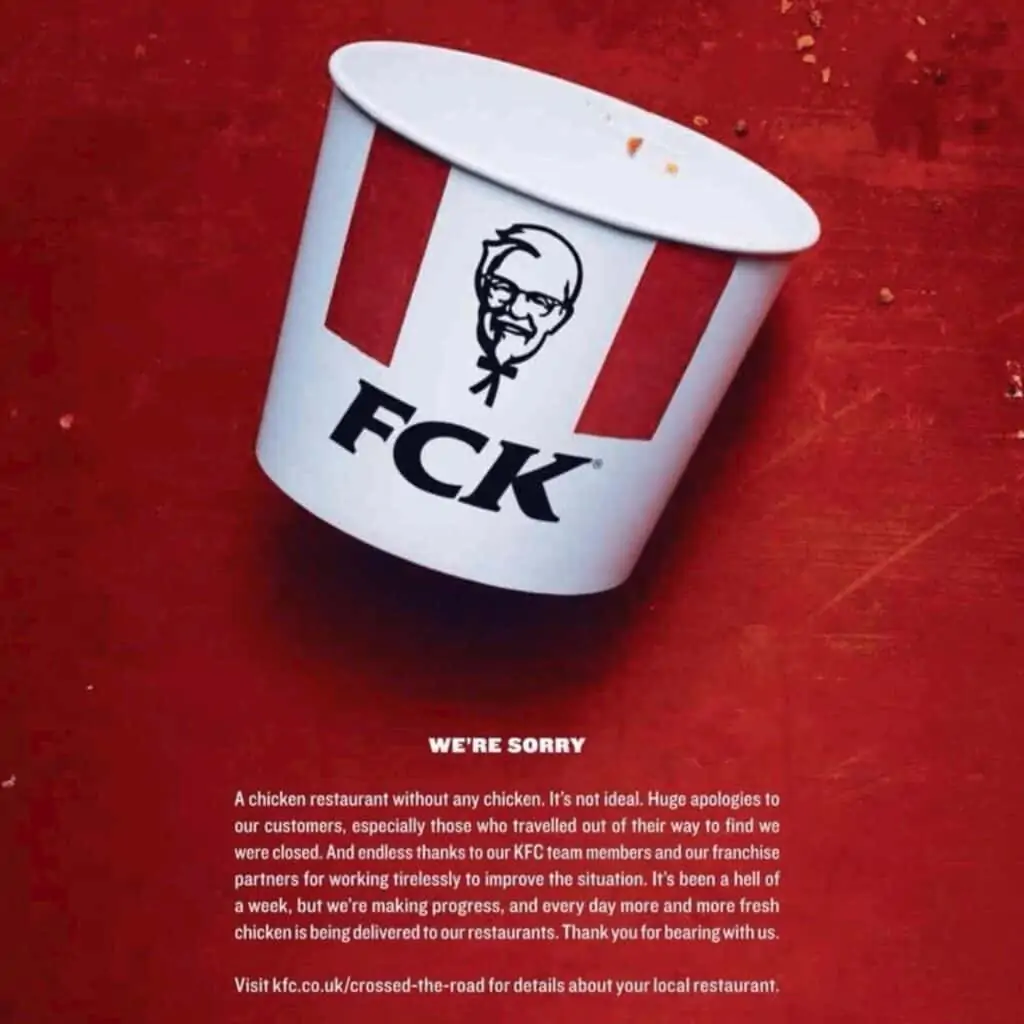
Traditional Marketing vs Digital marketing
The world is becoming a digital arena. Thanks to the digital world, many of the customers’ daily activities, such as reading the newspaper and banking, have shifted online. The traditional market still has an audience, but it is shrinking due to digital advancement. But without traditional marketing, marketing strategies won’t be as effective.
So, both types of marketing have their own sets of pros and cons. Here’s a rundown on how traditional marketing varies from digital marketing.
Basis | Traditional Marketing | Digital Marketing |
|---|---|---|
Meaning | Product and service advertising via television, telephone, banner, broadcast, door-to-door, sponsorship, and other means. | Product and service advertising via digital media or electronic mediums employing tactics such as SEO and SEM. |
Cost | Traditional marketing is more expensive. | Digital marketing is less expensive. |
Measurability | Traditional marketing is often difficult to quantify. | With the help of analytics tools, digital marketing is simple to measure. |
Reach | Traditional marketing is more suitable for the local audience. | Digital marketing has a more global reach. |
Modification | Once the ad has been placed, modification is no longer possible or is very pricey. | Can be done at any moment, even after the ad has been published. |
Targeting | The targeting through traditional channels is more standardised. | The targeting through digital channels is more customised. |
Bottom-Line?
Traditional marketing is still an important part of the marketing mix. As found in the Print In the Mix survey, Fifty-six percent of respondents said they trusted printed content the most. Seventy percent of Americans prefer to read a printed paper over a computer screen, with sixty-seven percent preferring the tactile feel of print media. The key to a successful marketing strategy is striking the correct mix between traditional and digital marketing channels. Both are crucial components of a marketing strategy, but they are enhanced when used in tandem.
A marketing and branding enthusiast with a penchant for writing. He is constantly seeking new experiences and pushing the boundaries. In his spare time, he enjoys reading and doodling.
